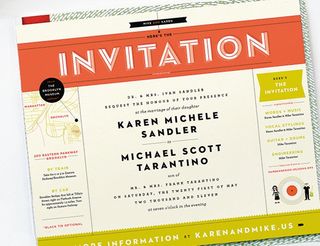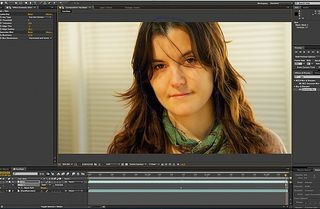Video tutorial: Pull focus for cinematic depth of field
Christopher Kenworthy demonstrates how to pull focus from the foreground to the background of footage using one adjustment layer
Cinematographers love to pull focus from a sharp foreground to a sharp background, letting the rest of the frame go out of focus. Sometimes it’s impossible to get this effect in-camera, and sometimes you only realise you want it after you’ve shot it.
To create this look in After Effects, use one adjustment layer to create the blur. By quickly masking off parts of the image, and animating the mask opacities, you make it look as though focus is blending from foreground to background. The new Mask Feather tool in After Effects CS6 perfects this technique in a few clicks, so you can add this look to your own shots with minimal effort.

01 Open Violin.mov, go to Layer> New>Adjustment Layer, apply a Gaussian Blur and set the blurring to 25. Apply Camera Lens Blur, but switch it off for now, to speed things up. Use the Pen tool to draw a mask around the background of the frame.

02 Select this mask covering the girl and the wall, and go to Edit>Duplicate. Name one mask ‘Foreground’ and the other ‘Background’. Go to the four second mark, and press M until Mask Opacity appears. Reduce the foreground mask opacity to 0, and leave the background mask opacity at 100. Click the keyframe stopwatch for each.

03 Move the playhead forward by about a second and a half, and then reverse the opacity of the masks. That is, set the opacity of the background mask to 0, and the opacity of the foreground mask to 100. Play through the footage and you will see the basic effect. But the mask edges are too abrupt at the moment, so some adjustment is required.

04 Select the Mask Feather tool, then click the foreground mask in your timeline. Click on the mask, somewhere near the violin chin rest, between two of the mask points, and drag down the screen. This feathers the mask outwards, to soften the edges. Somewhere near the edge of the sheet music, click on the dotted line and drag it back in towards the mask, to feather it inwards.

05 For the background mask, you might find that hitting the F key and adjusting the mask feather is sufficiently accurate. If not, use the Mask Feather tool to create a mask on both sides of the background mask. Drag the dotted line a few pixels away from the sheet music. Switch off the Gaussian Blur, turn on the Camera Lens Blur and hit Render to finish.
Get the Creative Bloq Newsletter
Daily design news, reviews, how-tos and more, as picked by the editors.

Thank you for reading 5 articles this month* Join now for unlimited access
Enjoy your first month for just £1 / $1 / €1
*Read 5 free articles per month without a subscription

Join now for unlimited access
Try first month for just £1 / $1 / €1
The Creative Bloq team is made up of a group of design fans, and has changed and evolved since Creative Bloq began back in 2012. The current website team consists of eight full-time members of staff: Editor Georgia Coggan, Deputy Editor Rosie Hilder, Ecommerce Editor Beren Neale, Senior News Editor Daniel Piper, Editor, Digital Art and 3D Ian Dean, Tech Reviews Editor Erlingur Einarsson and Ecommerce Writer Beth Nicholls and Staff Writer Natalie Fear, as well as a roster of freelancers from around the world. The 3D World and ImagineFX magazine teams also pitch in, ensuring that content from 3D World and ImagineFX is represented on Creative Bloq.
